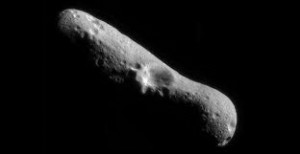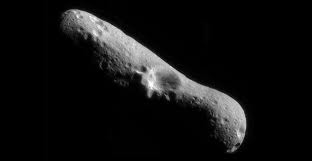A huge asteroid is set to pass closer to Earth than the Moon next week – becoming the biggest space rock to do so in 35 years.

The time of the nearest fly-by is expected to be at 21.28 EDT on Tuesday, November 8.
The encounter will be the closest by an asteroid of that size since 1976 and a similar event will not happen again until 2028.
However, anyone hoping for a glimpse of the enormous rock will need a telescope.
Scott Fisher, from the National Science Foundation’s Division of Astronomical Sciences, said it will be “pretty faint when it flies by”.
He said: “It will not be visible to the naked eye. You will need a telescope that has a mirror at least six inches in size to see it.
“To make it even more difficult to observe, it will be moving very quickly across the sky as it passes.”
The asteroid was first discovered in 2005 by Robert McMillan from the Spacewatch Project, a solar system scanning group of scientists near Tucson in Arizona.
It is part of a mass of 1,262 large asteroids measuring more than 500ft across circling the Sun which Nasa classifies as “potentially hazardous”.
But there is no danger of it coming close to Earth. The nearest pass it is due to make, based on current estimates, will come in 2094 when it will be 167,000 miles away.


